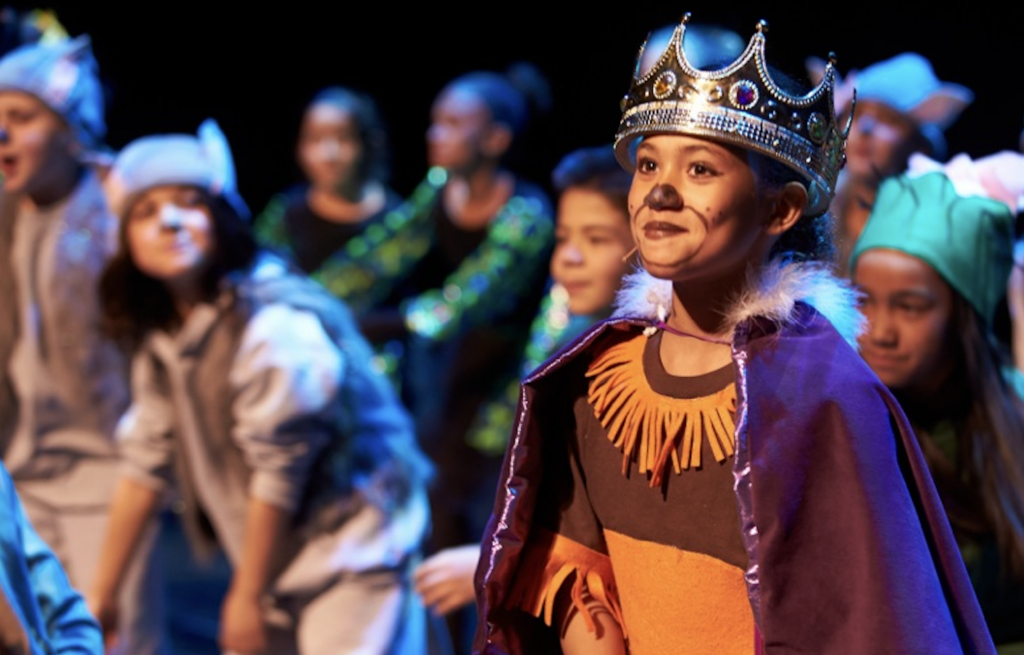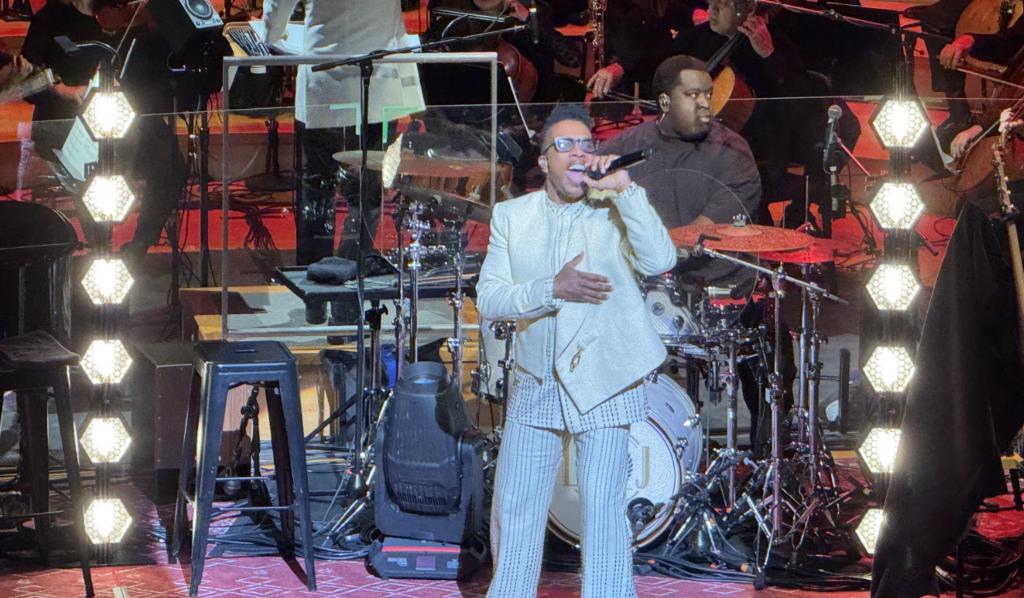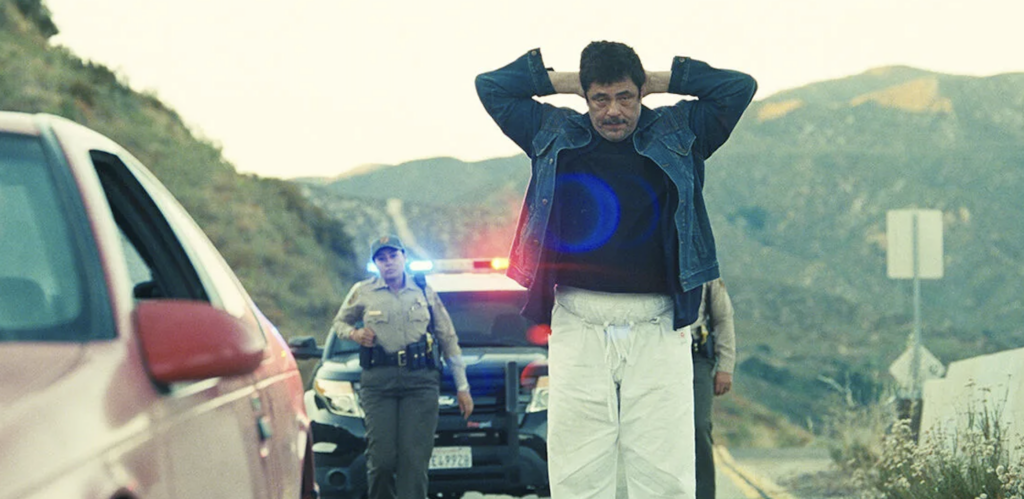Ferran Adrià’s Notes on Creativity plates one delicious brain


In years to come, I’ll be able to name the day when my lifelong recurring dream of a Borgesian archive, endlessly lined with factual fictions forever unopened, mutated into one of such a repository tended by baby octopuses.
Those who can claim to have dined at chef Ferran Adrià’s elBulli, the legendary and now-closed Spanish citadel of avant-garde gastronomy, are said to dream of their evening’s many impossible plates. Those who see the Nelson-Atkins Museum of Art’s Notes on Creativity — the Drawing Center’s traveling exhibition of Àdria’s two- and three-dimensional scrawlings, renderings and ephemera that led to all those plates — may find themselves dreaming of what unrelenting genius looks like when it is borne from the mind one scrap of paper at a time: like, for one thing, a vast, Borgesian archive.
And the tiny cephalopods? I blame Bourdain.
The day after I first walked through Notes on Creativity, I watched the episode of Anthony Bourdain’s No Reservations that centered on elBulli’s final dinner service. (After turning out some 1,846 dishes, Adrià the deconstructionist made the ultimate deconstructionist’s move and closed the restaurant in 2011.) In it, Bourdain necessarily packages the Adrià experience for a broad audience of Travel Channel watchers, with fast-paced lessons in tapas culture, Catalan cuisine and elBulli’s evolution from sleepy coastal secret to Michelin-starred Shangri-La. There’s also, of course, that last meal, edited for basic cable into a sequence that’s both high-test food porn and moving epitaph. There is much looking skyward in thanks. There is much male bonding among Bourdain, guest José Andrés (the larger-than-life restaurateur who came up alongside Adrià) and Adrià himself. And there is a dish of spectrally translucent baby octopuses, and it all but raptures Bourdain to heaven.
During the episode, an hour that vividly underscores the colossal audacity of Adrià’s vision, the word creativity is uttered more than once — by Bourdain, by Andrés and by Adrià. Americans are used to hearing that assessment as faint or ironic praise rather than as reverent encomium. Yet on that occasion, even conveyed in the spirit of its purest definition, it’s not enough, a genuflection before a barely comprehended spirit.
Notes on Creativity makes that spirit somewhat easier to understand. As Brett Littman, the Drawing Center’s executive director and this show’s curator, told an audience at the Nelson earlier this month, what’s here isn’t visual art of a kind typically displayed. Yes, a certain Picasso molecule is evident in the most colorful of Adrià’s drawings (such as the one on the cover of this week’s Pitch), but it’s dominated by the DNA of other organisms — cave dwellers discovering fire, for instance, or French chef Auguste Escoffier discovering peach melba. Adrià has spent his career parsing the genome of cuisine, and he has done it by questioning the creative urge itself.
The exhibition is laid out counterclockwise, with the roughest, earliest notions to your right as you enter the gallery. Along that wall, graph paper, tractor-feed printer spools and flow charts are full of the chef’s cribbed block print, writing that predates the process-tracking pyramids and colorful faux foods also on display. His rigorous, disciplined mind is at work, but these first artifacts suggest not a coming menu but rather a witnessing of the world’s most intellectually omnivorous accountant learning how to perform an audit.
Across the space and many years removed from that Adrià is the show’s high point, a reproduction of his archive built here as a small, enclosed annex. Inside it, eight Plexiglas-encased bulletin boards outline specific elBulli undertakings; they rest against walls lined with photos of Adrià’s shelves, organized by year and each seeming to hold countless stores of data and ideas. (On the other side of those walls are large, blown-up photos of elBulli’s kitchen crew at work, sometimes drawing and sometimes executing the chef’s elaborate visions. In one such image, their heads are down, facing their work but suggesting monastic communion, ritual, telepathy.)
[page]
You could stare a long time at these bulletin boards without quite knowing where an idea started or how it ended up. Sure, when he wants to spray an atomized cocktail into your mouth, he starts with pencil and paper, lines and words, and with the obsessive drive to place that notion on the continuum of human creative endeavor. But even when the resulting flask is here, alongside its conceptual art, the through line is pleasingly unapparent. For just this reason, that flask is among the exhibition’s chief satisfactions. Seeing it, you relax for a moment, secure that Adrià shares this finite plane with you after all, that his art is, no less than any other practice, about problem solving and about the ways in which good collaboration alters one vision by expanding it.
Then again, for a lot of people the high point of the whole thing might just be the small Matt Groening rendering of Adrià as a Simpsons character, all yellow skin and white drawbridge teeth and insinuating eyes. It comes from Simpsons producer James L. Brooks’ having dined at elBulli and talked at length with Adrià. It’s a kick to imagine the chef ushered momentarily into another kind of kitchen, the most fabled writer’s room in the history of TV comedy. (That Groening image is one of the few on display here that’s not reproduced in the exhibition’s catalog, a fine, lucid and often pretty volume that’s approachable in both content and, at $25 for the paperback, price.)
More, perhaps, than a valediction of elBulli the restaurant, Notes on Creativity functions as a cheerful advertisement for the chef’s upcoming El Bulli Foundation. (A New York Times story about that project this past January made it sound thrilling and thrillingly insane; the same story noted that Adrià’s going fee for a short address on the matter of creativity was about $97,000, making this exhibition’s $12 ticket a true bargain.) One of the show’s display cases holds a model and some sketches for the foundation’s site, and one of the monitors on the wall plays, on a loop, a conspicuously flashy video outlining Adrià’s heady mission there. It looks sort of like a trailer for a Michael Bay remake of that No Reservations episode.
Absent being able to get to the foundation or see that movie, we have Notes on Creativity. And what it offers isn’t the memory of Adrià’s cuisine or its genesis, or even the fascinating representations of it as visual art. Rather, these are tissue samples taken from the collective creative corpus — samples presented as a set of courses, not unlike elBulli’s food, with a nearly tactile force. By the time you get to the slightly tucked-away monitor that screens a parade of high-definition close-ups of his ephemeral confections, you’d almost rather enroll in an Adrià class and learn how he learned to think this way than sit for an elBulli meal.
Almost.
Those octopuses haunt me in part because, after almost 20 years of militant vegetarianism, I’ve spent a few days wondering whether I’d submit to an Adrià meal, with all its brains and marrows and newborn marine life. Notes on Creativity is, among other commendable things, a convincing argument that I’d be eating thought — or art — before I’d be eating flesh. And that’s not a meal you turn down.




